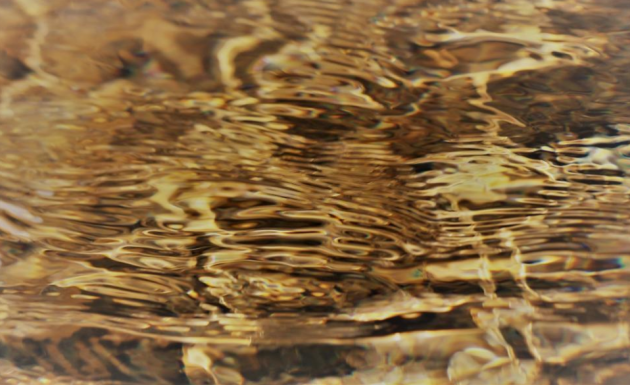With more than 30 years’ experience in the residential and commercial water treatment space, Mark Nelson is a Class 1 Drinking-Water Operator and a CBWA (Canadian Bottled Water Association) Certified Plant Operator. As founder and president of Nelson Water in Ottawa, Mark focuses on dealing with challenging water treatment system designs for problem water. He also heads the largest water bottling plant in the city of Ottawa with a delivery network throughout the Valley.
Copper is a metal found in nature, it has a distinctive red/gold color, it’s strong and malleable and historically these properties have made it a useful material for many applications. Copper can be found in rocks, soil, plants, animals and even our own bodies, and certain quantities of copper are needed for optimal health. But, we only require 0.9mg of copper in our daily diet to maintain a healthy nervous and immune system. Excessive concentrations of copper in our water supply can cause health issues and create other problems in our homes.
Why Do I Have Copper in My Drinking Water?
Copper can enter our drinking water supplies in a number of different ways, but the primary risk comes from copper plumbing pipes and fixtures.
Copper is a well regarded material for the construction of water carrying pipes because it’s resilient and easy to work with. But, if you have acidic water the inner surfaces can be stripped away and the copper is added to the water passing through. This is known as leaching and it can also occur due to high levels of chlorine and if the water has been sitting in the pipes for a long time. Iron and lead can also leach into the water via plumbing pipes made with those materials and lead is a particular health risk that should be taken very seriously. If you have an older plumbing system with lead pipes make their removal and replacement a priority.
If your water comes from a private well it is possible for copper to enter the water supply. Contamination can occur directly from the groundwater, but this is not as common as copper pipe leaching. Some possible sources of groundwater contaminations can include mining operations, industrial processes, agricultural activity (pesticides), and runoff.
What are the Side Effects of Drinking Copper Rich Water?
Drinking water that has elevated concentrations of copper can have a negative effect on your health and your home. Some common health side effects include diarrhea, nausea, vomiting, liver damage, and kidney failure. The last two health effects only occur in extreme cases, but we have included them here for completeness. The side effects for your home are not an immediate threat, but they should be taken seriously, they are: blue/green stains on sinks, tubs, and fixtures, metallic tasting water and there may be hidden damage to plumbing pipes and fixtures.
How Can I Test for Elevated Concentrations of Copper?
We’ve already briefly mentioned the bitter metallic taste and blue/green stains that can occur when there is too much copper in the water supply. But, in less extreme cases, it can be harder to determine the presence of too much copper without laboratory testing. Home water testing kits have come a long way in recent years, but they are not accurate enough to make informed decisions. If you receive your water from a public municipality, they should be testing for a wide variety of contaminants regularly and that includes copper. These test results are usually available online and there should be a water report you can read. But, if those results are clear and you have copper plumbing pipes the problem may be located in your home. The root cause is usually acidic water that corroded the internal walls of the copper pipes and leached the metal into the water. This is bad for your health, but it also means that your plumbing pipes are going to fail in the future leading to water leaks. If you have a private well you have the sole responsibility for annual water testing. More frequent water testing is advised because the groundwater conditions can change a great deal over the year.
How Can I Remove Copper from My Water Supply?
The first option is distillation, the water is boiled until it turns into steam and this vapor is collected as pure water with no contaminants. This sounds great, but it’s energy intensive and it’s not very practical for a modern home. The second option is the ion-exchange system found in a water softener system that’s more effective. But, the removal of heavy metals is not the primary function of these systems and there are other contaminants that they cannot remove.
The best option to clean drinking water to a very high standard is a reverse osmosis (RO) filtration system. This is a purely mechanical system, no chemicals are added to the water and the cleaned water is stored in a special tank. The RO process forces the incoming water through a semipermeable membrane with tiny pores. Water molecules can pass through these pores, but virtually everything else is left behind on the surface of the membrane. These contaminants are periodically flushed away to keep the pores clean which maintains the efficiency. The most common type of RO system is a point-of-use (POU) installed at the kitchen sink. A special tap delivers clean and fresh water free from copper and other heavy metals for drinking, cooking, and preparing food. This system requires minimal maintenance, but an occasional filter change is needed and the water storage tank requires periodic cleaning.
If you want to learn more about dealing with removing copper or other contaminants from your drinking water, contact your local water treatment specialist.

